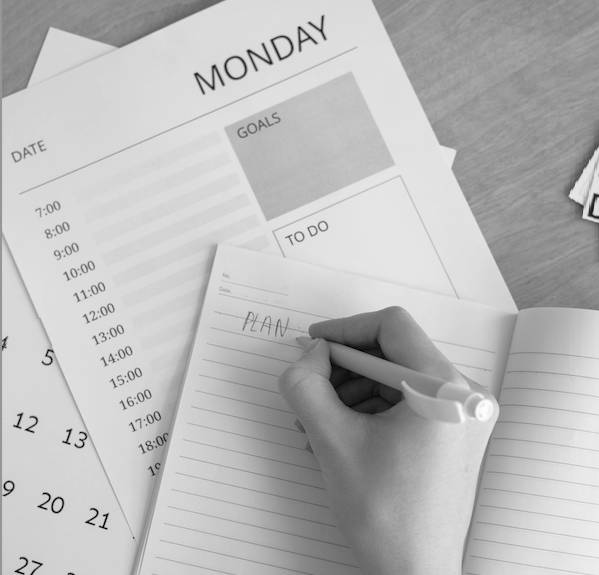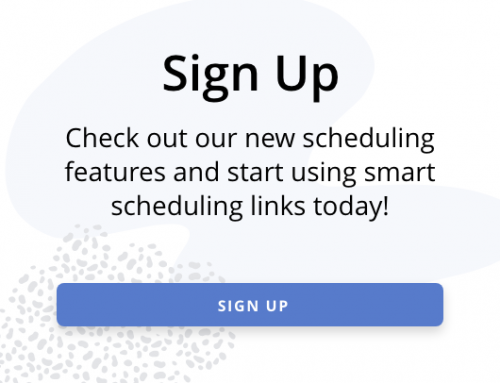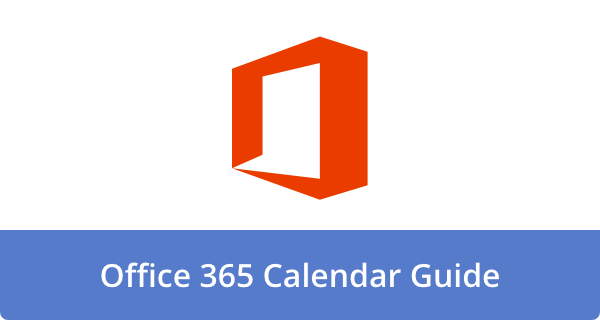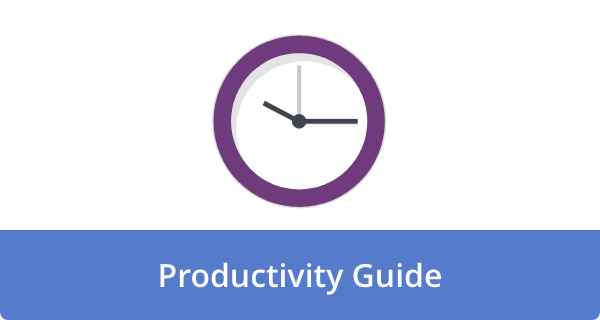

Mondays can either feel like a headwind or a runway. The difference is the ritual you decide to follow through with. You do not need a 4-hour routine or a new app. You need a small set of repeatable moves that lower friction, surface priorities, and get you one clear win before lunch. Do these well and the week compounds. Skip them, and you spend five days reacting. This list gives you a Monday you can trust, not just endure.
1) Triage your week, then protect two focus blocks
On Sunday, open your Calendar, scan the next five business days, and put two 90-minute focus blocks on Monday and Tuesday morning. Then decline or move anything that conflicts with those two spots. Add a single line under each block naming the work you will do there. It is easier to defend the time that one already has a job. This ritual works because most weeks fail at the Calendar layer, not the task layer. A clear structure reduces rework and switching costs, which is why pros obsess over headings, order, and flow in their plans before they start building.
2) Do the 15-minute numbers check
Before Slack opens, review the 3 to 5 metrics that define a good week for you. Write yesterday’s or last week’s numbers, your target, and one lever to pull. Example: “Pipeline meetings booked: 6 vs 10 target, lever: outbound follow-ups by noon.” This quick audit converts anxiety into action. In content or growth roles, regular audits are what separate drift from progress. Short, periodic checks reveal gaps early, just as strong teams revisit performance data on a set cadence to adjust the plan.
3) Ship one needle mover before noon
Pick the smallest slice of real work that advances a quarterly goal and ship it, edit it, or plan it, or make what move has to be made — by lunchtime. Email the proposal draft, merge the micro-feature, book the customer interview, or publish the brief. Start with an outcome that fits inside 60 to 120 minutes. Early momentum isn’t a motivational poster. It is a causal loop: a visible win reduces cognitive load and rallies collaborators. If you build for audiences, avoid polishing in private for days on end. Favor an outline that clarifies structure first, then iterate.
4) Run a 20-minute team reset, asynchronously first
Have your team post quick updates by 9:30 a.m.: what they shipped, what the team is doing, and the single blocker of this issue. Skim for patterns, then hold a 20-minute live reset, only if needed, to resolve conflicts or decisions. Keep it tactical, and move on. The point is not to talk. The point is to unblock. Script that for your teams the week before and create compounding clarity. Think of the step as internal linking in a website: you connect old context to new work so nothing starts from zero, and progress flows faster.
5) Reset your environment to match the task
After lunch, change the scene to fit the work. Need heads-down writing or planning? Choose a quiet spot. Need creative momentum or light admin? A coffee shop’s low hum can help, because moderate background noise can boost performance for certain tasks. If you must take calls, pick a space designed for it. Right task, right environment, less friction. Treat this as a Monday habit to avoid ruts and to prevent your home desk from being the default for every kind of work.
6) Close with a micro-retrospective and recovery plan
Block 10 minutes at day’s end to note what worked, what did not, and what to try next Monday. Capture one small celebration and one constraint to protect tomorrow’s energy, like a hard stop at 6 p.m. Reflection is not fluff. It is the mechanism that turns experience into better decisions. High performers deliberately pause to celebrate, reflect, and plan, which improves resilience and keeps you from reliving the same Monday across fifty-two weeks.
We created a Monday runbook you can paste into your calendar description:
| Time | Ritual | Outcome |
|---|---|---|
| 8:30–9:00 | Triage the week | 2 focus blocks protected |
| 9:00–9:15 | Numbers check | 1 lever chosen |
| 9:15–11:15 | Ship, edit, team one slice | Visible progress |
| 11:30–12:00 | Async reset | Blockers cleared |
| 1:30–2:30 | Environment fit | Task matched to space |
| 4:50–5:00 | Micro-retro | Next step locked |
Why this works: You reduce decisions, sequence high-energy work early, and end with reflection. The cadence is light, not rigid. If your role is creative or audience-facing, you can apply the same repeatable structure that strong marketers use to avoid chaos: decide on the structure first, then fill it with content.
Adoption tips
Start with two rituals this Monday. Add the rest next week.
Put the checklist in the description of your Monday Calendar block.
Review the runbook monthly. Keep what earns its keep, cut what does not.
Closing thoughts
Mondays do not need to be dramatic. They need to be dependable. Six short rituals, done in the same order, are enough to move real work, shield your time, and keep morale high. Start with the two you will actually do. Give it two weeks. Momentum is a skill you can practice
Image Credit: Photo by Hanna Pad: https://www.pexels.com/photo/hand-writing-on-notepad-7550886/











Deanna Ritchie
Editor-in-Chief at Calendar. Former Editor-in-Chief, ReadWrite, Editor-in-Chief and writer at Startup Grind. Freelance editor at Entrepreneur.com. Deanna loves to help build startups, and guide them to discover the business value of their online content and social media marketing.